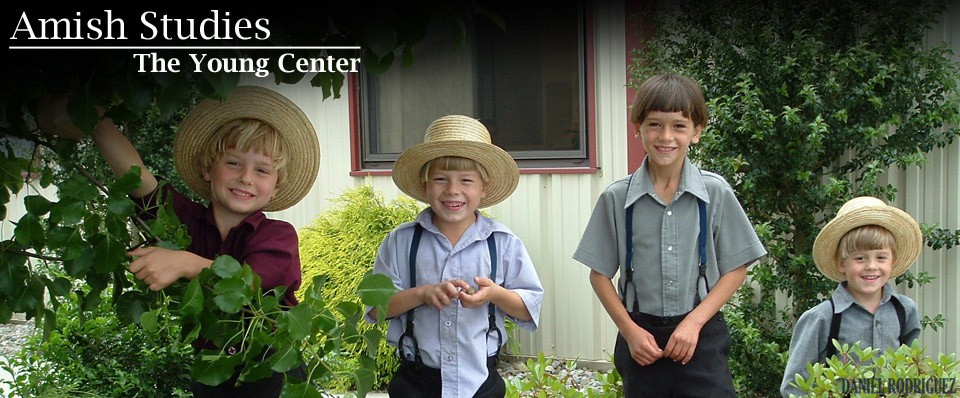Education


 The Amish support education in a broad sense, but they think that, beyond elementary school, vocational training is sufficient for success in their society.
The Amish support education in a broad sense, but they think that, beyond elementary school, vocational training is sufficient for success in their society.
Before 1950, most Amish children attended public schools. The Amish were comfortable with small rural schools that were controlled by local parents and, indeed, some Amish fathers served on the boards of their rural public schools.
Amish people in many states protested the consolidation of small public schools into large districts, which occurred nationwide in the late 1940s and the 1950s. Parents protested because they wanted to retain control over the nurture of their children. Moreover, they considered formal study beyond the eighth grade unnecessary for their farming lifestyle. Finally, in 1972, the U.S. Supreme Court, in a case known as Wisconsin vs. Yoder, ruled that Amish children could end their formal schooling at the age of fourteen.
Today, a few Amish children in some states attend rural public schools, but the vast majority goes to one- or two-room schools operated by Amish parents. A local board of three to five fathers organizes each school, hires a teacher, approves the curriculum, oversees the budget, and supervises maintenance. Instruction is typically in English. The teachers are usually Amish women who are graduates of Amish schools but have not gone to high school. Nurtured through periodic teachers meetings and by reading Blackboard Bulletin, an Amish teachers’ magazine, the teachers are largely self-trained. They are selected for their teaching ability and their embrace of Amish values.
Scripture reading and recitation of the Lord’s Prayer opens each day, but religion is not formally taught in schools. The curriculum includes reading, arithmetic, spelling, grammar, penmanship, history, and some geography. Science and sex education are not usually taught.
With three or four pupils per grade, teachers often instruct two grades at a time. Classrooms exhibit a distinct sense of order amidst a beehive of activity. Hands raise to ask permission to use the outhouse, get a library book, or clarify instructions as the teacher moves from grade to grade every ten or fifteen minutes.
The ethos of the classroom accents cooperative activity, obedience, respect, diligence, kindness, and the natural world. Little attention is given to independent thinking and critical analysis, which are the values of public education.
The quality of instruction varies considerably across the different Amish settlements. In some communities, Amish pupils have scored very well on standardized achievement tests. However, the real test of Amish schools is not how they compare with suburban schools, but how well they prepare Amish youth for success in Amish culture. Schools play an important role in passing on Amish values, developing friendships, limiting exposure to the outside world, and preserving Amish culture across the generations.
Additional information
- See chapter 14, “Education,” in Donald B. Kraybill, Karen M. Johnson-Weiner, and Steven M. Nolt, The Amish (Baltimore: Johns Hopkins University Press, 2013).
- Karen Johnson-Weiner, Train Up a Child: Old Order Amish and Mennonite Schools (Baltimore: Johns Hopkins University Press, 2007).
- Mark W. Dewalt, Amish Education in the United States and Canada (Lanham, MD: Rowman and Littlefield Education, 2006).
- Sara E. Fisher and Rachel K. Stahl, The Amish School (Intercourse, PA: Good Books, 1997).
- See chapter 5, “The Changing Landscape of Learning,” in Charles E. Hurst and David L. McConnell, An Amish Paradox: Diversity and Change in the World’s Largest Amish Community (Baltimore: Johns Hopkins University Press, 2010).
